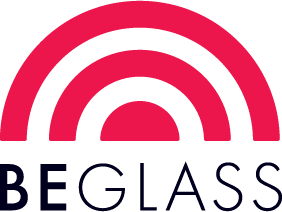Overview
Reactive Potential
Non-reactive. Neutral.
Forms of Glass
Sheet Glass (-0030, -0050), Frit (-0001, -0002, -0003, -0008), Ribbon (-0401), Confetti (-0004) and Billet (-0065)
Detailed Information
About 000113 Sheet Glass
Cold Characteristics
Partly transparent. Slight dappling of color.
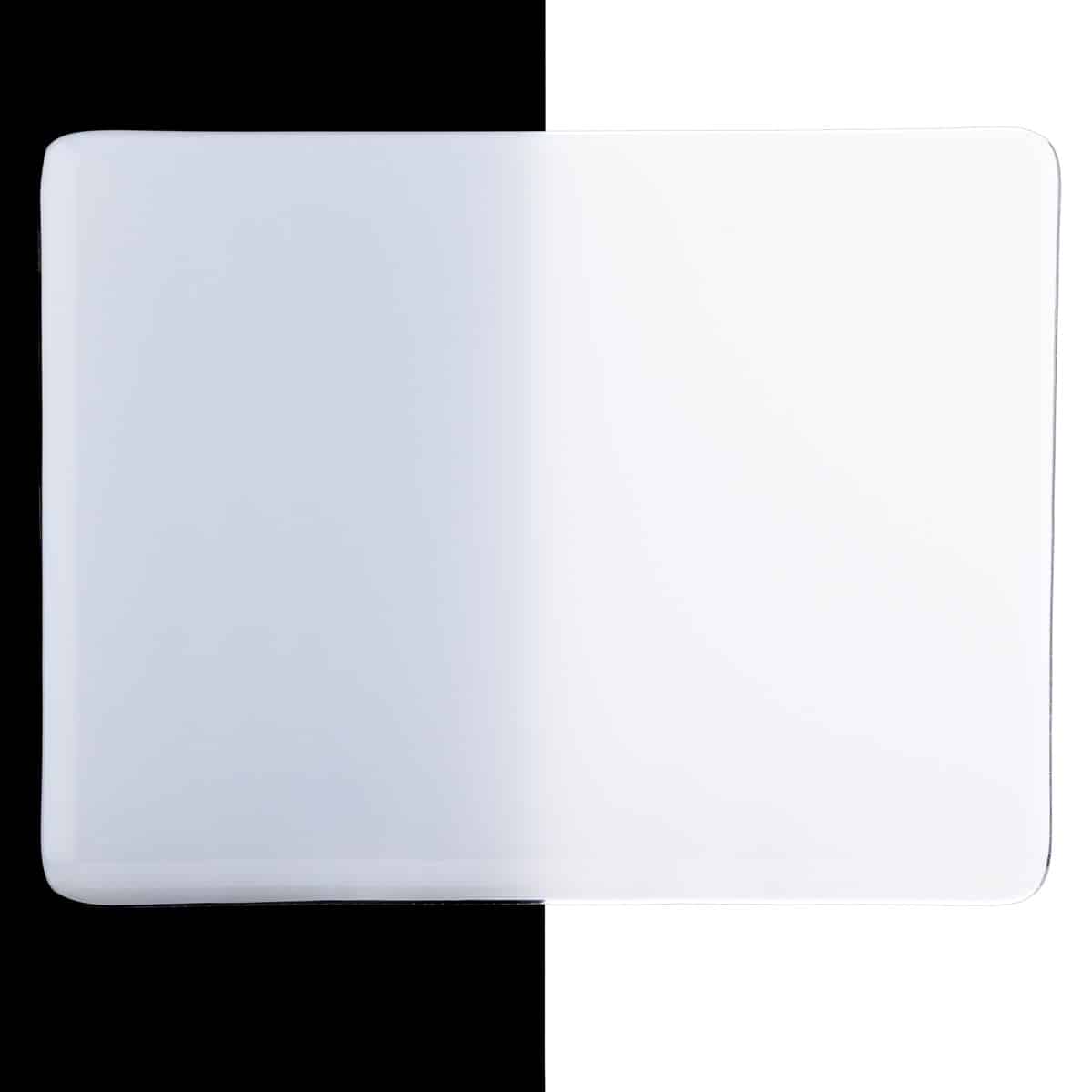
Working Notes
Opalizes upon firing. Slight dappling apparent in transmitted light.
Bullseye Compatible.
About 000113 Frit
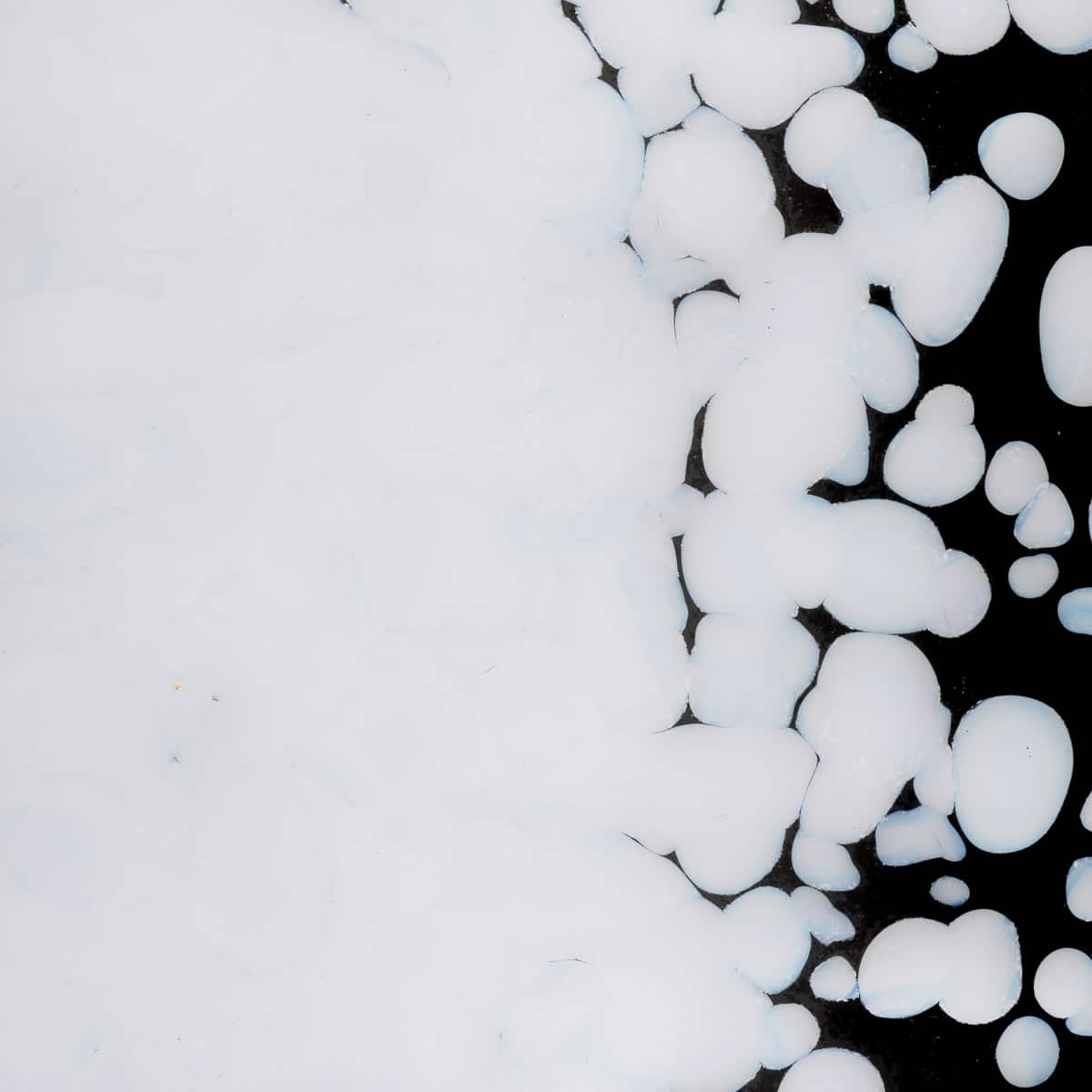
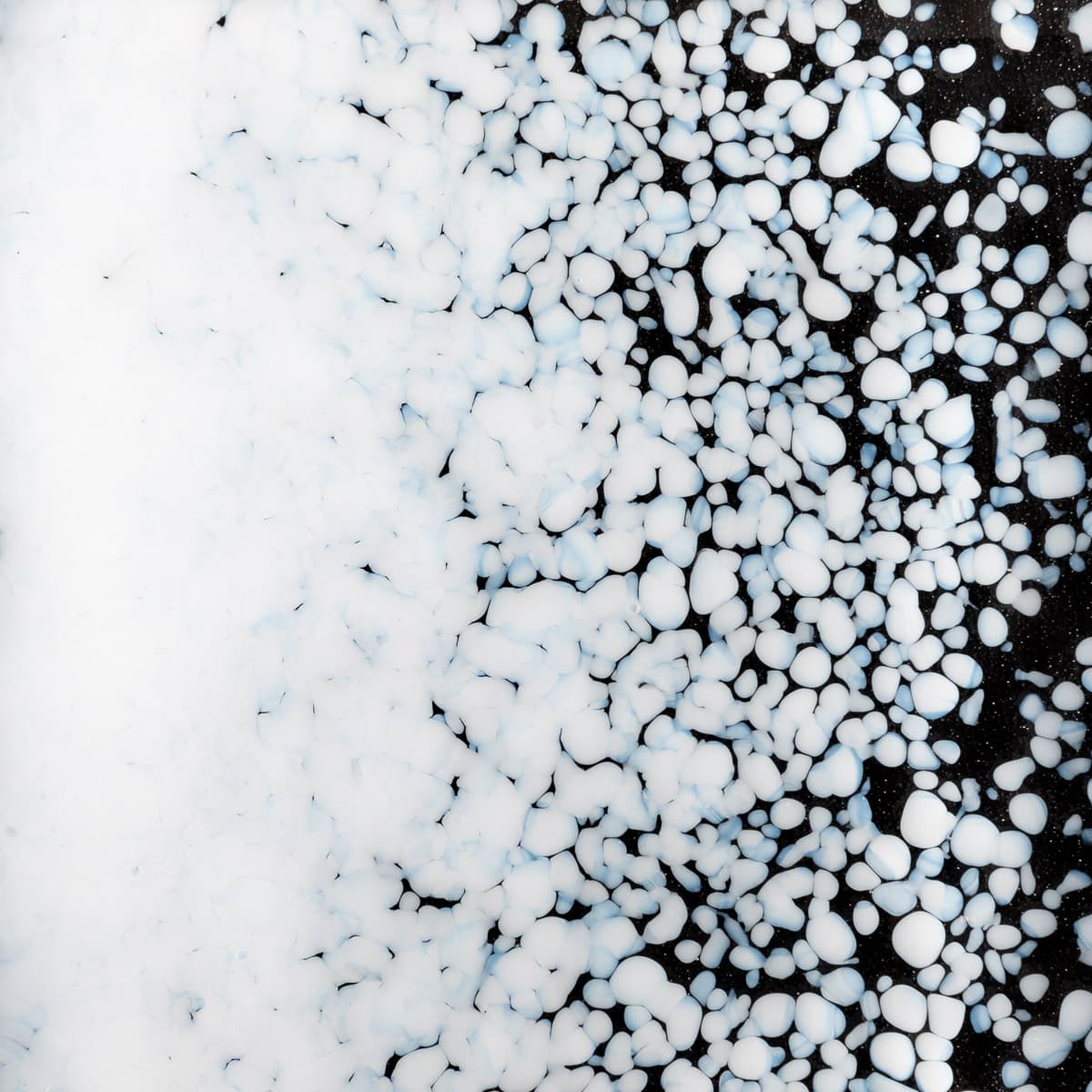
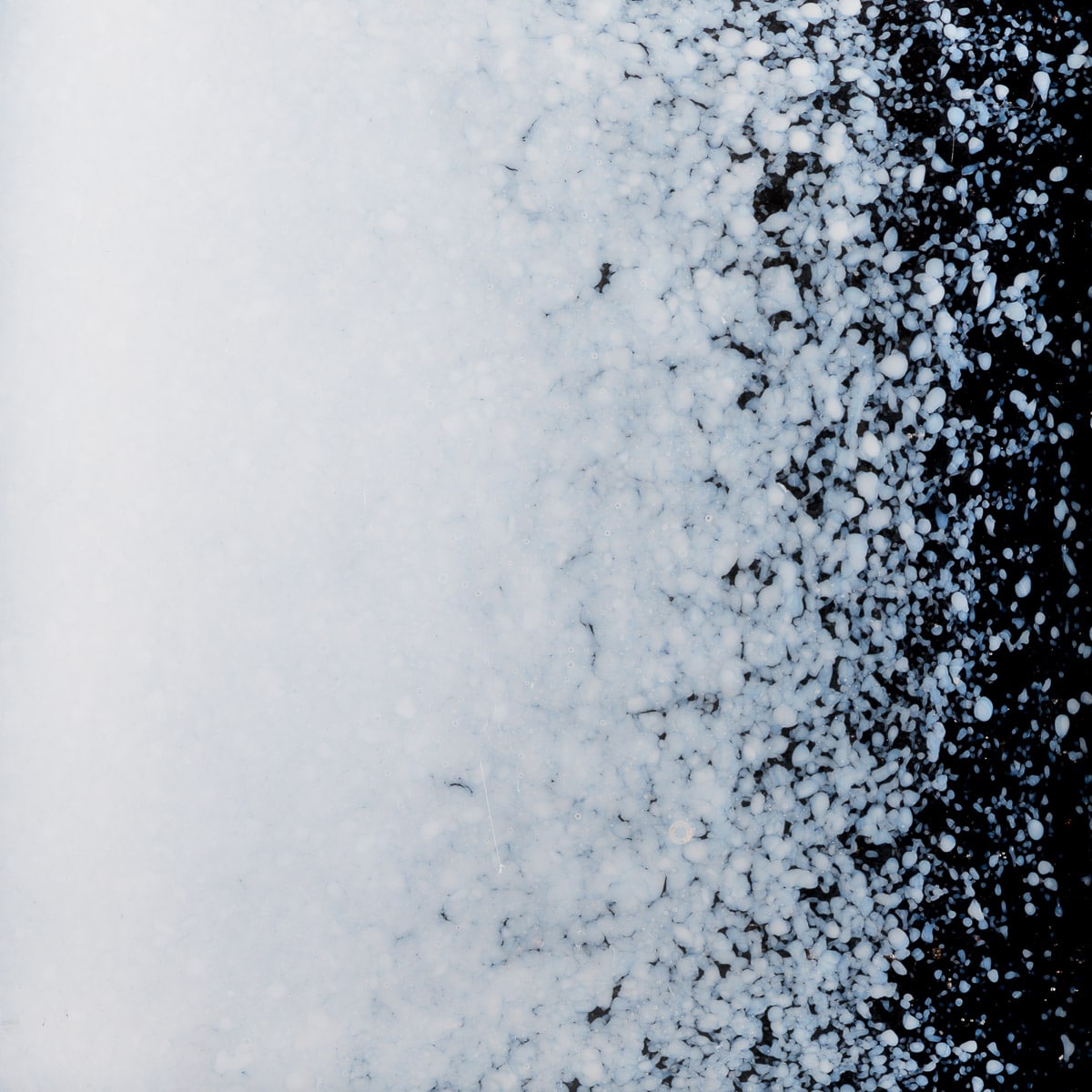
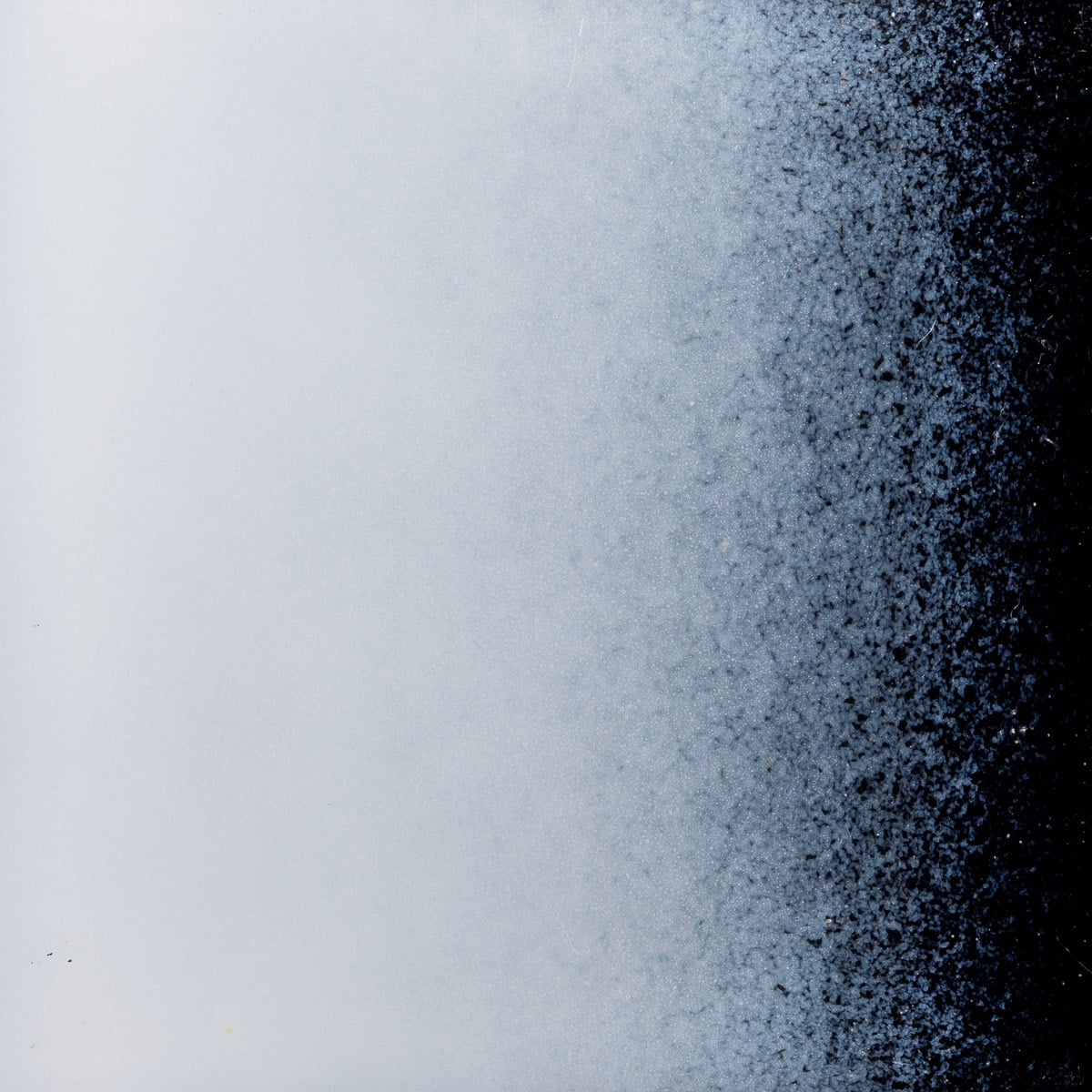
Working Notes
See sheet glass notes about this style.
About 000113 Stringer
Working Notes
As of Spring 2019, White Opalescent stringer (000113) has been reclassified under Dense White Opalescent (000313). For reactive potential and working notes, please see Dense White Opalescent.
About 000113 Ribbon
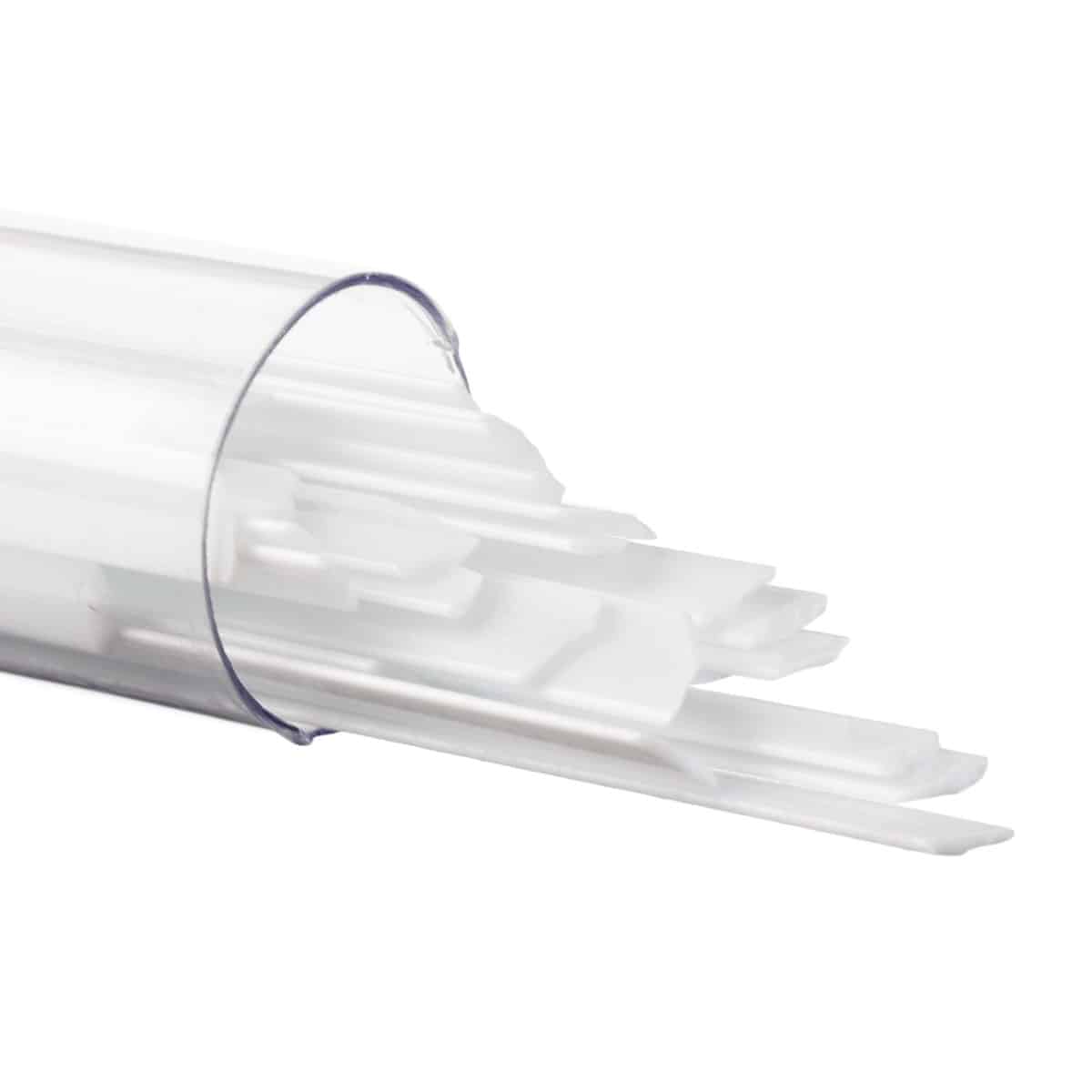
Working Notes
See sheet glass notes about this style.
About 000113 Confetti
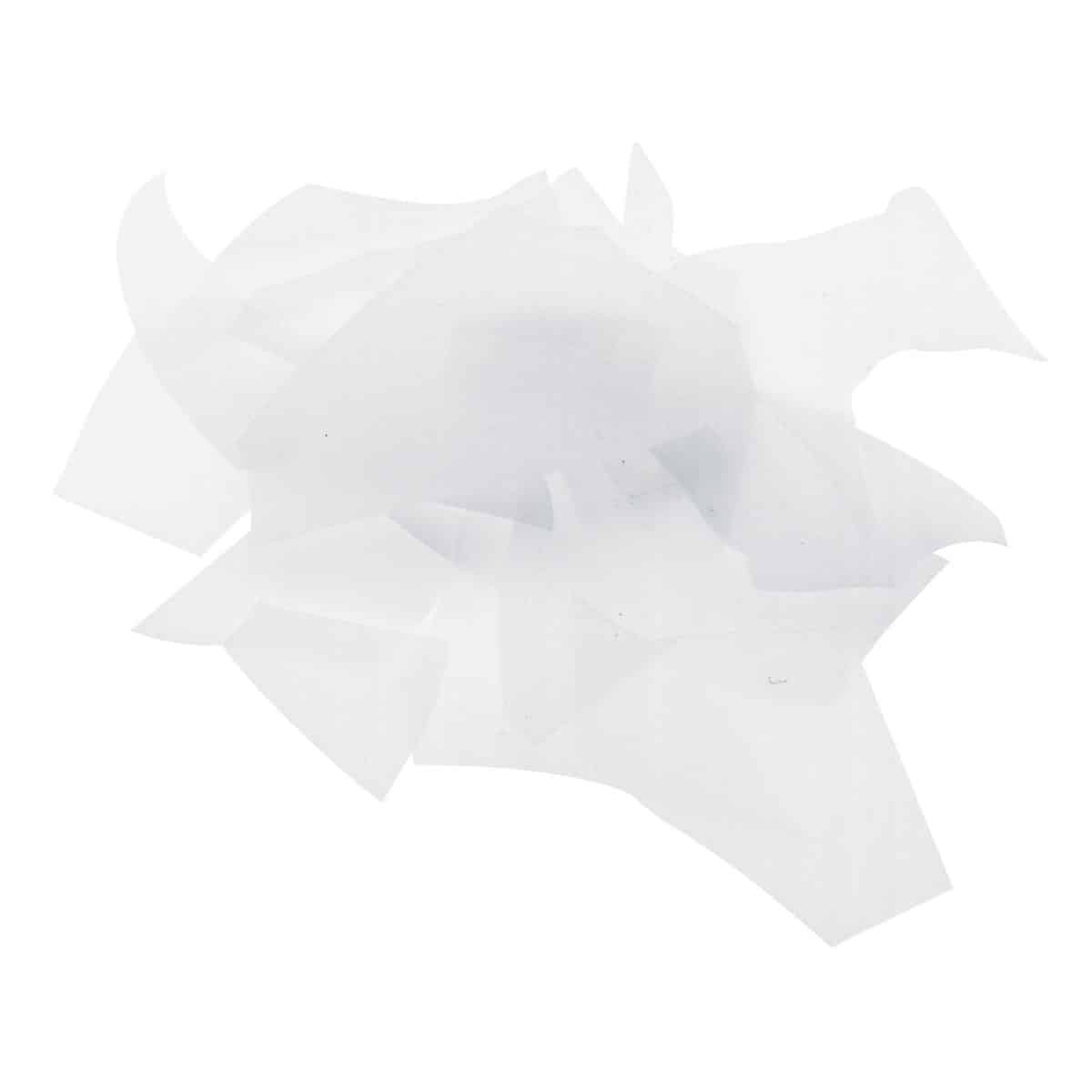
Working Notes
See sheet glass notes about this style.
About 000113 Billet
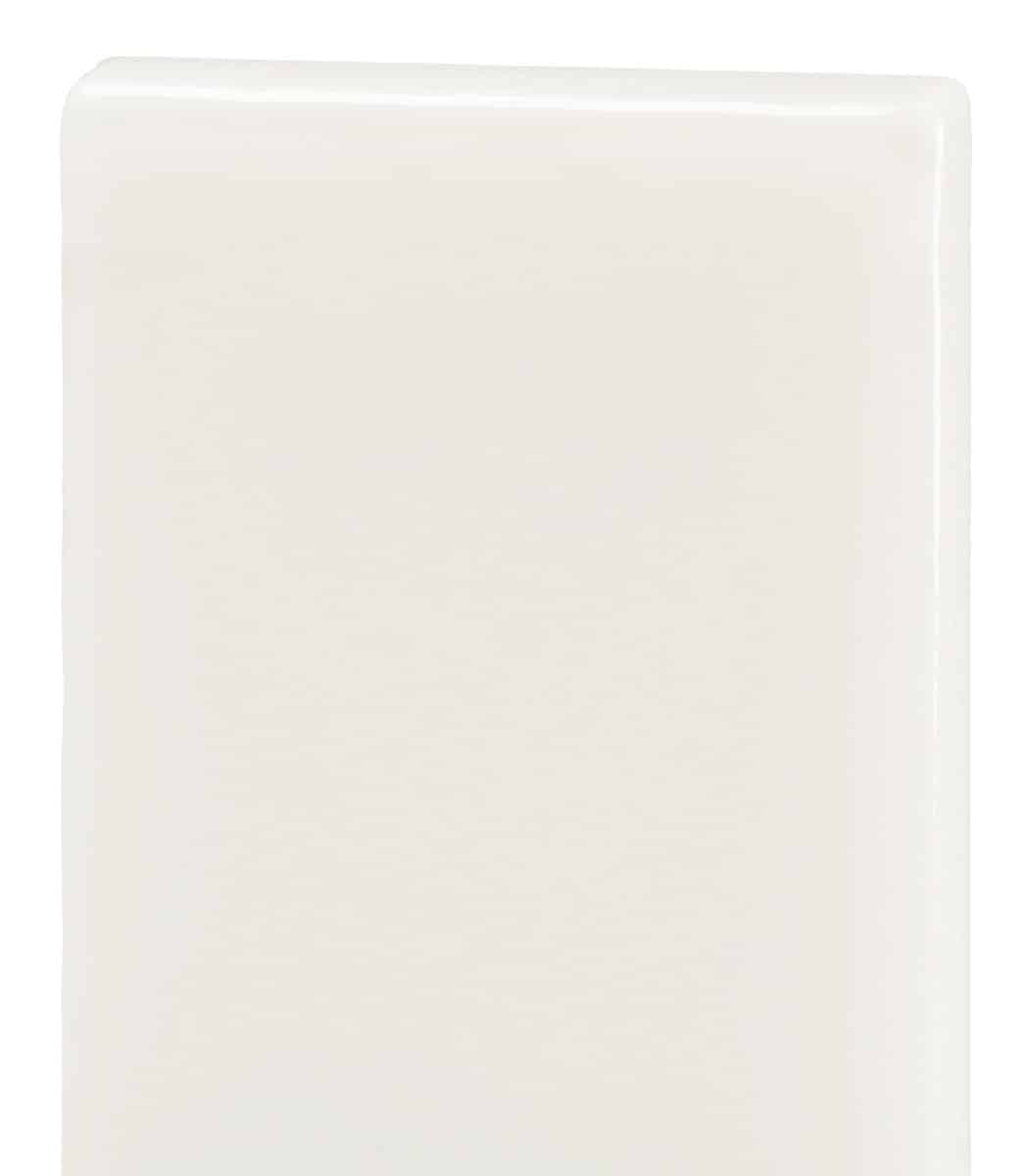
Working Notes
See sheet glass notes about this style.
